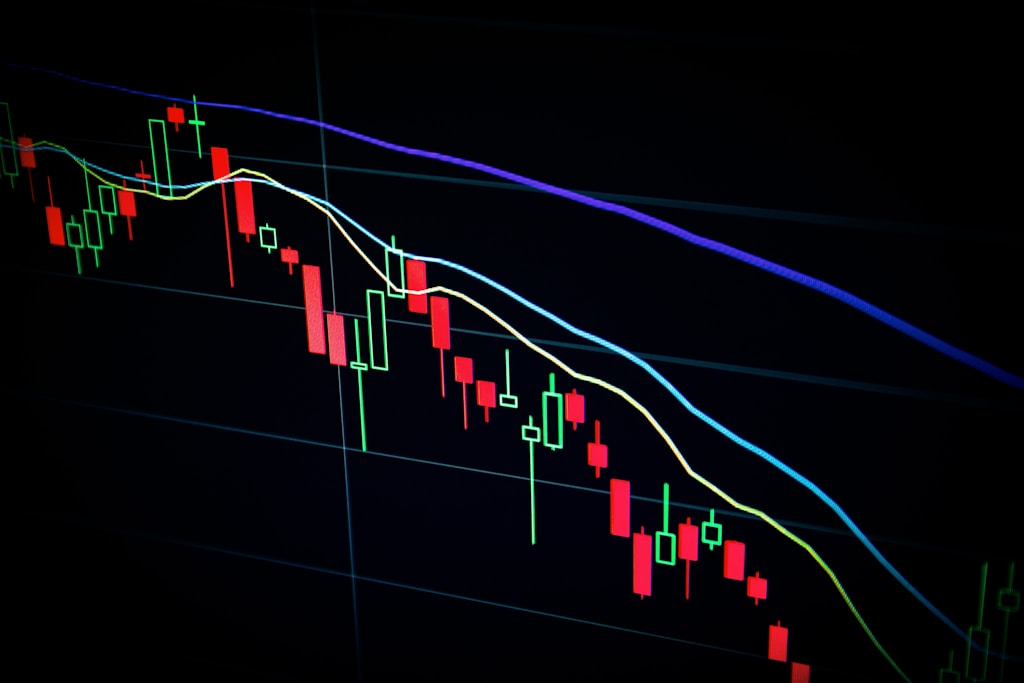In a significant development for the meme coin market, Dogecoin (DOGE) has captured the crypto community’s attention as whale wallets accumulated over 1 billion DOGE tokens in the past month, valued at approximately $250 million at current prices. This massive accumulation comes as DOGE experiences a remarkable 50% surge, suggesting potential further upside ahead.
Similar to how Bitcoin holders are showing strong conviction at $101K, Dogecoin whales appear to be positioning for a potential extended rally. The accumulation pattern mirrors previous cycles where large holders preceded significant price movements.
Whale Accumulation Analysis
According to data shared by crypto analyst Ali Martinez, whale addresses have been consistently adding to their positions throughout April and early May. This accumulation phase coincides with DOGE’s price recovery from $0.17 to recent highs near $0.26, representing a 50% gain for early buyers.
Technical Analysis and Price Targets
The technical picture shows DOGE consolidating in the $0.22-$0.24 range after its recent rally. Key support levels include:
- Immediate support: $0.22
- 200 EMA: $0.195
- 200 SMA: $0.183
A breakout above $0.24 resistance could trigger a move toward $0.26 and potentially $0.28. However, traders should watch for potential pullbacks to the $0.20-$0.195 zone, which would still maintain the broader uptrend.
Market Implications
The surge in whale activity comes amid improving broader market conditions. While macroeconomic uncertainties persist, the aggressive accumulation by large holders suggests growing confidence in DOGE’s long-term prospects.
FAQ Section
What does the whale accumulation mean for DOGE price?
Historical data suggests that periods of heavy whale accumulation often precede significant price movements, though past performance doesn’t guarantee future results.
What are the key resistance levels to watch?
The immediate resistance lies at $0.24, followed by $0.26 and $0.28. Breaking these levels could signal continuation of the uptrend.
Is this a good time to invest in DOGE?
While whale accumulation is typically a positive signal, investors should conduct their own research and consider their risk tolerance before making investment decisions.






